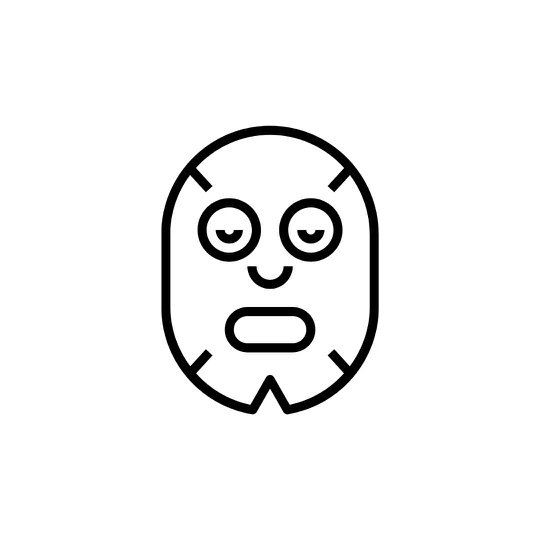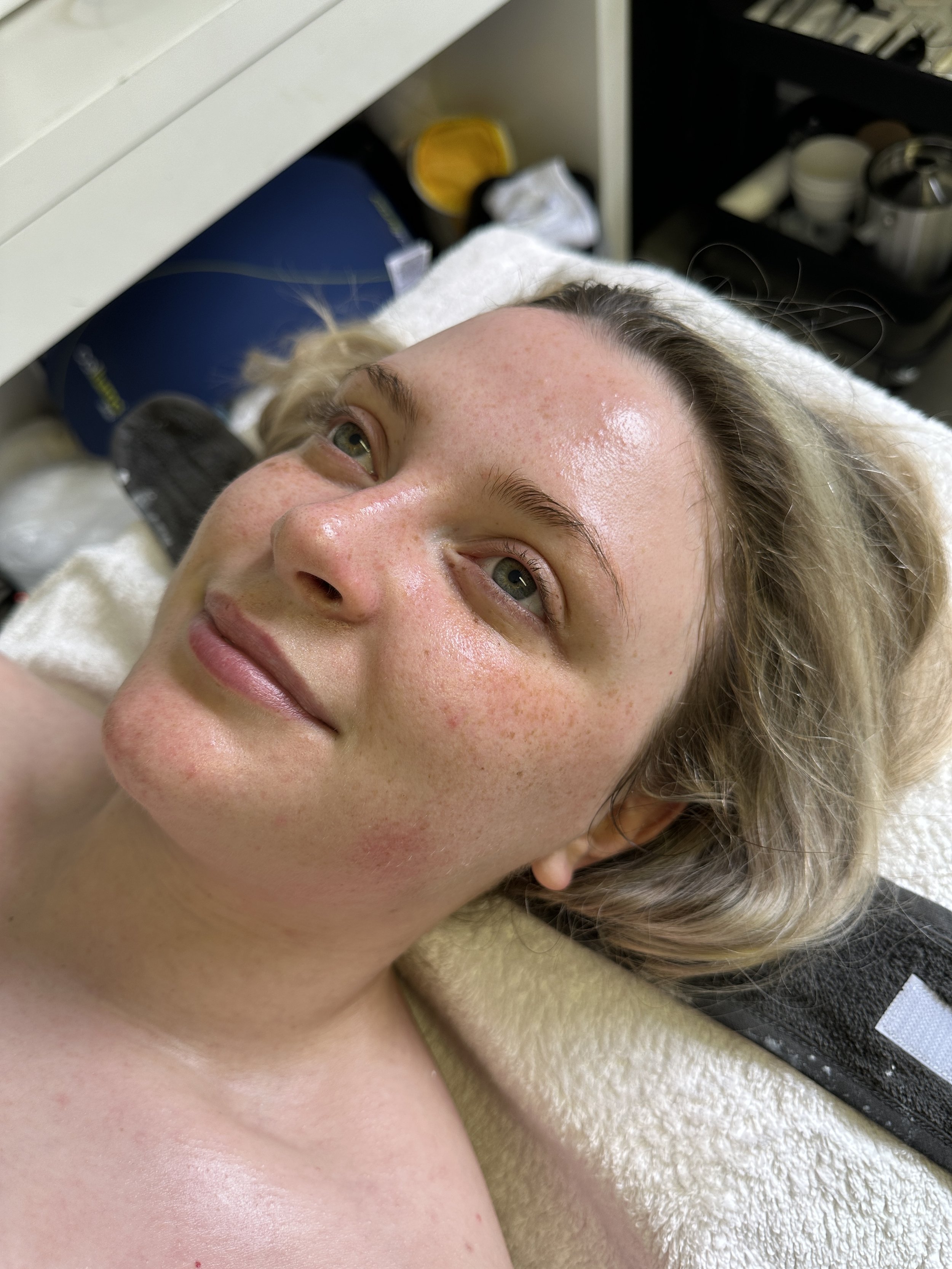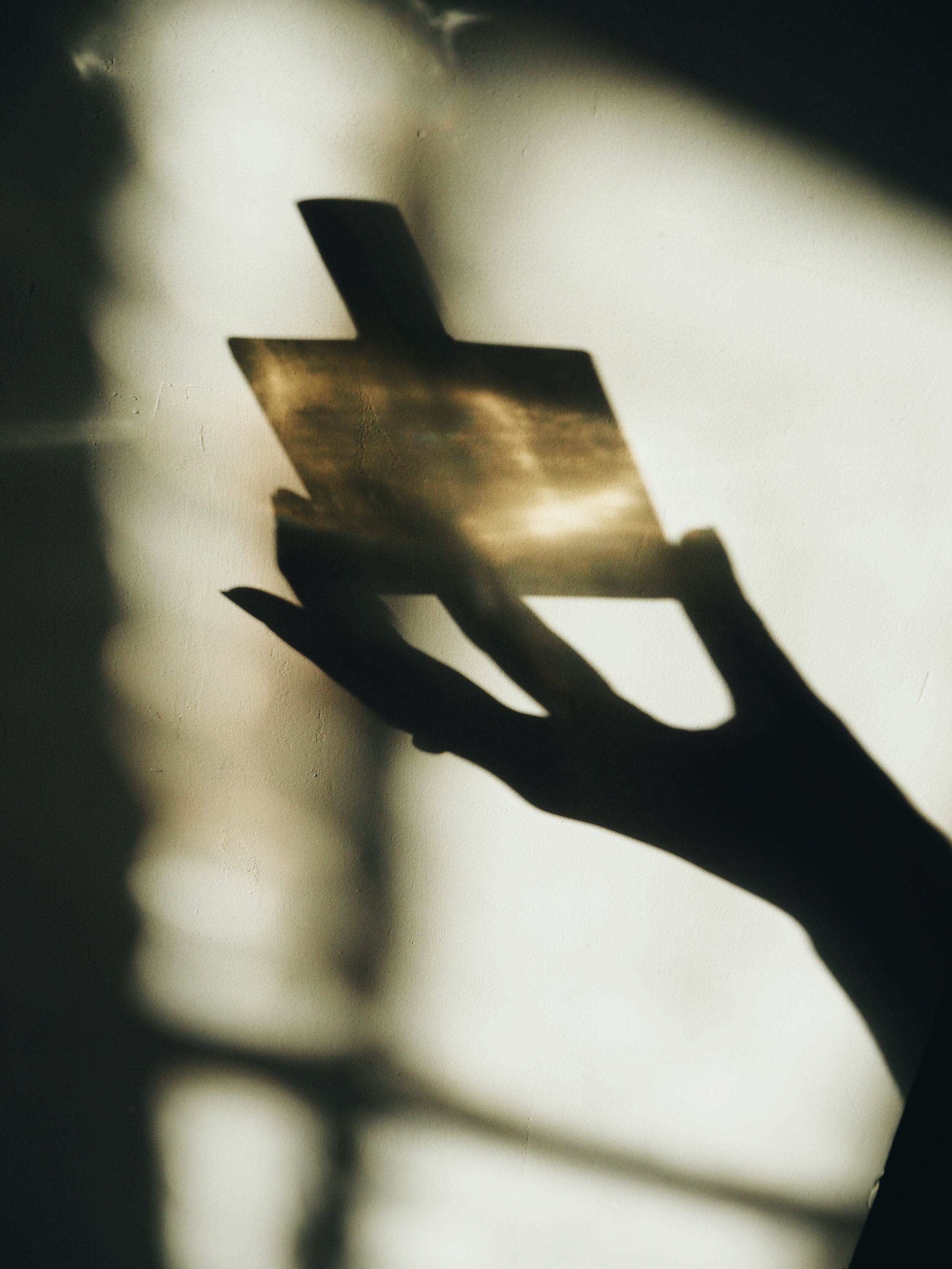How To Build An Evening Skincare Routine
For the skincare obsessed (like myself), following a multistep skincare routine comes as second nature, but for many the idea of anything more than cleansing, toning, and moisturising, can feel overwhelming. If you find yourself wondering what order to apply your skincare products in, which ingredients can and can’t be mixed together, and how often you need to exfoliate, I’m here to help you build your routine from the ground up.
The thing is, an effective skincare routine takes more than just layering products onto your skin and hoping for the best. It’s about choosing the right products for your skin type, getting to know how ingredients will benefit your skin, and layering textures in the right way. Like anything worthwhile, it takes commitment and consistency (plus a little experimentation) to figure out the right skincare routine for you, but once you’re in the swing of things, you’ll be surprised how much of a difference you’ll see after a few weeks.
Whether you have oily skin or dry skin (or anything in-between), following this structure will help to take the guesswork out of your PM routine.
1. Remove makeup
Few things revolutionised my skincare routine quite like ditching the face wipes and replacing them with micellar water. I always do this step as soon as I get in from work - it’s the beauty equivalent to removing your bra and putting on sweatpants. For micellar water, I soak two cotton pads and sweep them all over my face then hold them over my eyes to soak off liner, shadow, mascara etc - no scrubbing! It’s by no means a 100% effective cleanse, but it’s the best way to quickly remove the bulk of your makeup.
My picks:
Garnier Micellar Water - A solid, affordable makeup removal option. Unless I’m sent a new micellar water to try, I always buy this one.
2. Cleanse skin
For my second cleanse - to get into pores and remove any remaining traces of makeup - I like an oil or balm cleanser. As well as being very effective, I find they leave my skin feeling very balanced and calm, rather than stripped. You don’t usually need a lot, since they really do melt into your skin, but you need just enough to give you the slip needed for facial massage. I always recommend sitting down, closing your eyes, and spending at least a minute (if not two) massaging around your face and neck. At this point you could use a cleansing brush (I have tried many and would only recommend Foreo) for a bit more a deep cleanse/gentle exfoliation. For removal, take a clean flannel, soak in warm water, rinse out, then lay over your face. Take three deep breaths, then gently wipe your face with the flannel to remove all traces of the cleanser - and with it makeup, grime, and dirt.
My picks:
Eve Lom Cleanser - I’ve always loved Eve Lom’s Cleansing Balm, which cleanses, tones, exfoliates, and hydrates in one go, and looks gorgeous sitting on your bathroom sink.
Malin + Goetz Facial Cleansing Oil - If you’re looking for a gentler and more affordable option, this is a go-to favourite of mine as well - a great option for sensitive skin.
3. Tone
This is a step that sparks a lot of controversy, since many consider it a waste of time, but I find it makes a huge difference. Since I remove my makeup as soon as I get in, and do the rest of my skincare routine before going to bed, this often leaves a good few hours in between, and even after just a few hours I always find my skin needs that extra quick layer of cleansing before I go ahead applying all my products - which is where a toner comes into play. Essentially, toners break down into two categories - the hydrating types that you use to balance and prep your skin, and the exfoliating ones, which uses AHAs and BHAs (chemical exfoliants) like glycolic acid and salicylic acid to remove dead skin cells. Unless my skin is in breaking out badly and is in need of some acid, on an average week I probably use an exfoliating toner 2-3 times a week and a hydrating one on all other days.
My picks:
Fresh Rose Deep Hydration Facial Toner - For hydration, I highly recommend this one, which is an industry favourite for a good reason. It’s a game changer.
Glossier Solution - When it comes to acids, I love Glossier’s offering, which is a blend of AHAs, BHAs, and PHAs for triple-action exfoliation.
Clinisoothe Skin Purifier - A healing solution, perfect for skin with any kind of inflammatory condition, such as acne, rosacea, or eczema.
4. Apply serums
The rule with everything that comes after toner is that you start with the thinnest textures and build up to the thickest. This means serums come first after toners. For the uninitiated, serums are where you get your really concentrated blends of active ingredients and will really make a difference to your skin if you stick with them. Again, if you’re applying multiple toners, start with the least dense product and work up to the most dense. I always apply a hyaluronic acid serum first to improve the absorption of the products I’m about apply. Hyaluronic acid works by drawing moisture deep into skin and preventing it from escaping, so applying it before another serum (especially one with active ingredients) will maximise its benefits. At this point you might want to use a vitamin C or a retinol serum (although never at the same time, and I would not recommend applying either after using AHA/BHAs either). I typically save vitamin C for my morning routine so I often use a retinol at this point or (if I’ve exfoliated) a serum that blends together a medley of ingredients. These usually have the purpose of brightening or clearing skin - I have listed some of my favourites below. When it comes to applying serum, pat and press it into your skin rather than wiping it over - this presses it into pores and improves absorption.
My picks:
The Ordinary Marine Hyaluronics - Not all hyaluronic acids are created equal. Avoid formulas that are gloopy and sticky, and opt for ones like this that have thinner, more viscous textures. For <£6 this is exceptionally good.
Estee Lauder Advanced Night Repair - I am a huge, never-ending fan of this multi-tasking serum. I go back to it whenever I can because it’s just that good.
5. Apply eye cream
Eye cream is an essential in my book. I often speak to clients who don’t use it because they don’t have lines/loose skin/dark circles etc - but unfortunately all of these are inevitable with age and so eye cream is best served as a preventative to keep them at bay for as long as possible. The skin of the eye area is the thinnest and most delicate on the face, so it’s the first to show these signs of ageing - use it consistently throughout your twenties and you’ll thank yourself when you’re in your thirties. With the fragility of your eye area in mind, eye cream should be applied with extreme care. I always use my fourth fingers (they have the lightest pressure) and lightly dab rather than tug the delicate skin. Although ‘eye cream’ is the most commonly used term to describe eye care products, I would recommend avoiding truly creamy formulas and opting for a gel or serum texture instead. Creams are often too thick and can cause puffiness.
My picks:
Bare Minerals Skinlongevity Eye Gel Cream - Right now I’m using this one and really, really loving it. The gel formula is deliciously light and cooling.
6. Apply oil
Oil isn’t always a constant in my daily routine because I like to spend some time massaging them in (which I don’t always have), but I do try to reach for one at least twice a week - using one regularly makes the biggest difference you can imagine. It takes a lot to convince people that they should be using oils in their routine no matter what their skintype. Whether you are breakout-prone and oily, dry and flakey, or somewhere in between, oils will save you - embrace them. If you’re oily-skinned and wondering “But won’t oils make my skin more oily?”, the answer is no. Oily skin usually means your skin is dehydrated and is over-compensating for its lack of moisture by producing excess oil. Feed your skin moisture and the right kind of oil and it will soon balance out. As for my massage point - oils typically have larger molecular weights, meaning it takes more time and effort for them to absorb. Spending time massaging them in will get the process going - and works wonders for lymphatic drainage and toning your face (which reduces puffiness). All you need is your hands, but a crystal roller or gua she tool is my preferred way to massage.
My picks:
Freck Lil Prick Cactus Seed Facial Oil - A great, nourishing, dry-textured option for those of you who have oil-phobia. My go-to for sure.
7. Apply moisturiser
If I do nothing else to my skin (e.g. the rare occasion that I am too tired or drunk to bother with steps 3-6), I will always moisturise. I honestly can’t sleep without doing this step because I’m haunted by the bad memories of waking up to dry, parched, un-moisturised skin in my teens when I thought face creams would give me spots. For myself and most clients I always recommend water-based moisturisers over oil-based ones (look for aqua as the first ingredient) because this is a point at which you want to get water into your skin, and you can cover oil separately. Always be generous and apply a little more moisturiser than you think you need (being frugal with moisturiser basically makes it redundant). After application you still want your skin to feel a bit damp and tacky - if your skin has drunk the product up straight away, you need to apply more.
My picks:
NIOD Hydration Vaccine - This moisturiser changed my skin. Full stop. I can’t live without it and have written so many stories about it. You need to try it. That is all.
Fresh Lotus Youth Preserve Dream Face Cream - One of my favourite things I’ve discovered in 2019. When I finished up my first jar I missed it like crazy.
8. Apply face mist
You could actually do this step in between any of the above steps - or even at every step if dryness and hydration is a particular concern. I personally like it at the end for the quick refreshment and because applying it on top of my moisturiser gives it a vehicle for absorption.
My picks:
Mario Badescu Facial Spray With Aloe, Herbs & Rosewater - Do I believe that all face mist is created equal? Pretty much, yes. But this one does smell incredible and does double duty as a makeup refreshing spray.
9. Apply targeted spot treatments
I wish I could delete this step, but as I still suffer from breakouts at 26, it’s pretty much a constant in my routine. Targeted spot treatments are the ones you apply directly onto upcoming or existing blemishes to get rid of them, as opposed to blemish serums which you might apply all over as a preventative. My favourites contain ingredients like salicylic acid, benzoyl peroxide, and sulphur.
My picks:
Mario Badescu Drying Lotion - The OG in my book. It’s the one thing I can rely on to get rid of spots overnight. Worth every penny.
MyClarins Clear Out Gel - Since the above can’t be worn under makeup, I like a clear, gel option for daytime use. This one is gentle but surprisingly good.
10. Do the extra bits
These are the non-essentials so I’m not creating individual steps for them. Right before I get into bed I apply a lash and brow serum (see, totally non-essential) and lip balm. I layer lip balm on thick like a mask because I’m hopeless at remembering to apply lip balm throughout the day and I’ve figured this is the best way for me to keep dry, chapped lips at bay.
My picks:
Talika Lipocils Expert - All you need to know about this eyelash growth serum is that in a matter of weeks it gave me a whole extra row of eyelashes. I’ll never stop buying it.
Mario Badescu Lip Balm - I’ve tried a lot of lip balms/creams/oils/serums in my time, but this is by far the best.











